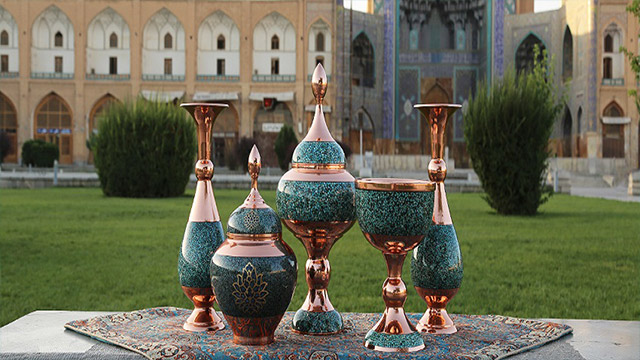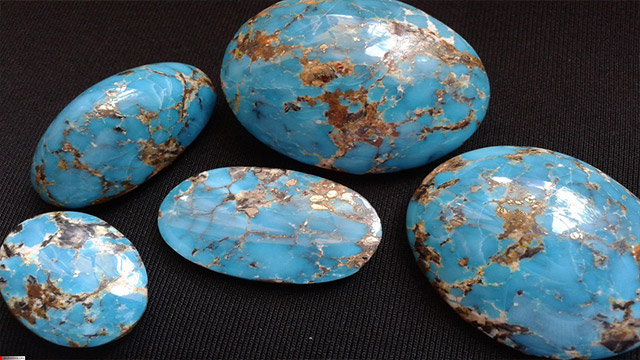Live
فارسی
عربي
ورود از طریق شبکه های اجتماعی
- استفاده مختص کاربران دارای هویت واقعی محرز شده نزد این پایگاه میباشد.
- این سایت در ستاد ساماندهی و بخش جرائم رایانهای دادگستری به ثبت رسیده است.
- گزارش تخلفات احتمالی این سامانه توسط کاربران الزامی می باشد
- کاربران باید طبق قوانین این سامانه که برگرفته از قوانین جرائم رایانه ای می باشد فعالیت کنند
- نام کاربری شما تکراری می باشد


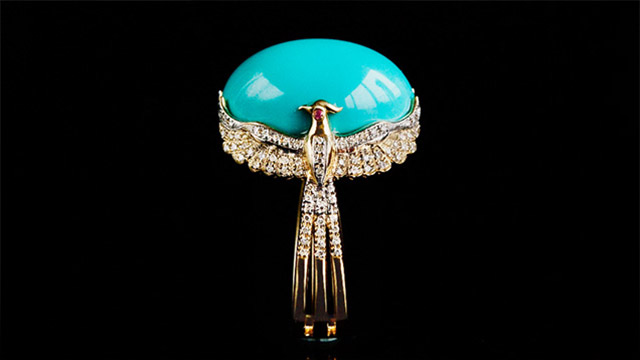
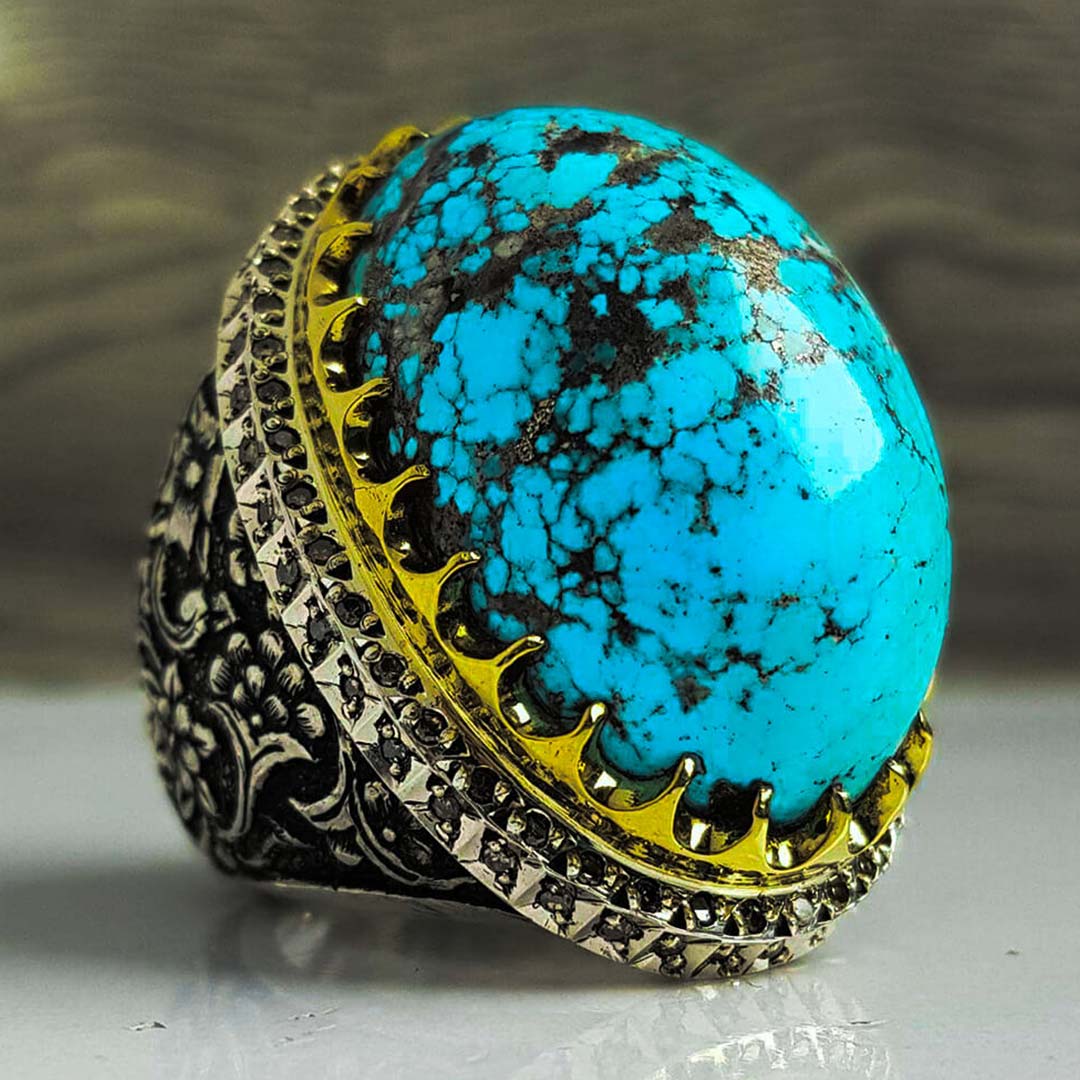
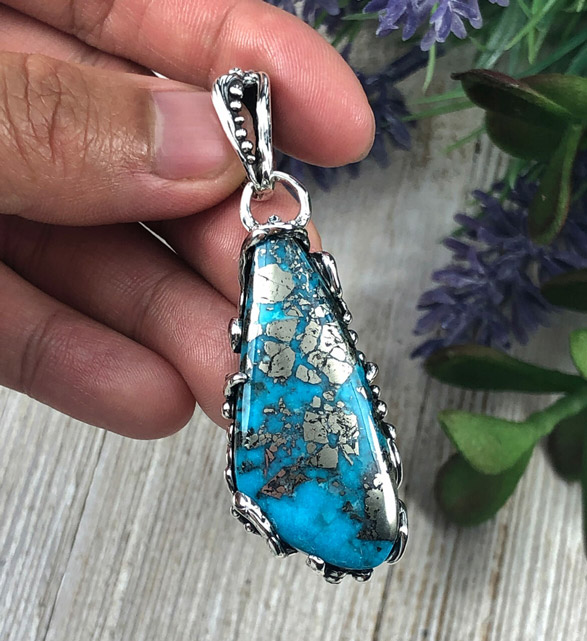
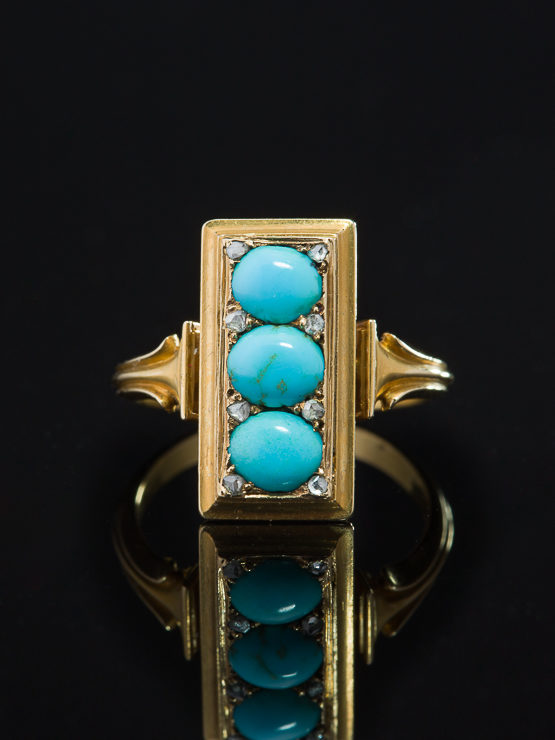 The difference between Persian Turquoise and turquoise of other regions is that the turquoise sourced from Persian mines is believed to be of the excellent and purest quality.
The difference between Persian Turquoise and turquoise of other regions is that the turquoise sourced from Persian mines is believed to be of the excellent and purest quality. 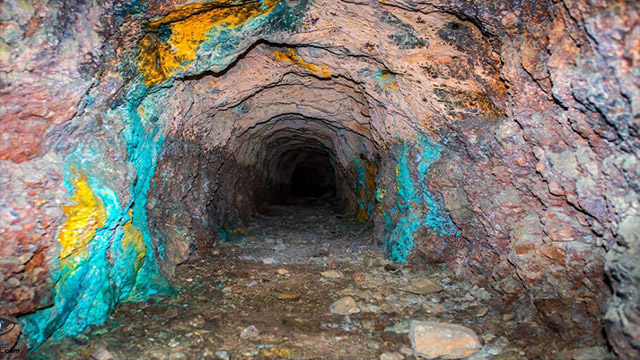
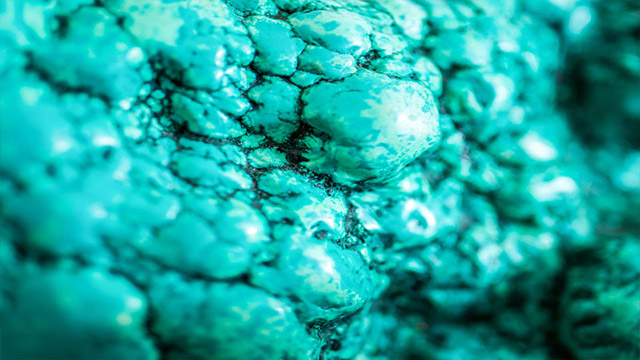 The color of the Persian Turquoise differs in shade from blue, green and blue-green depending on its origin.
The color of the Persian Turquoise differs in shade from blue, green and blue-green depending on its origin.
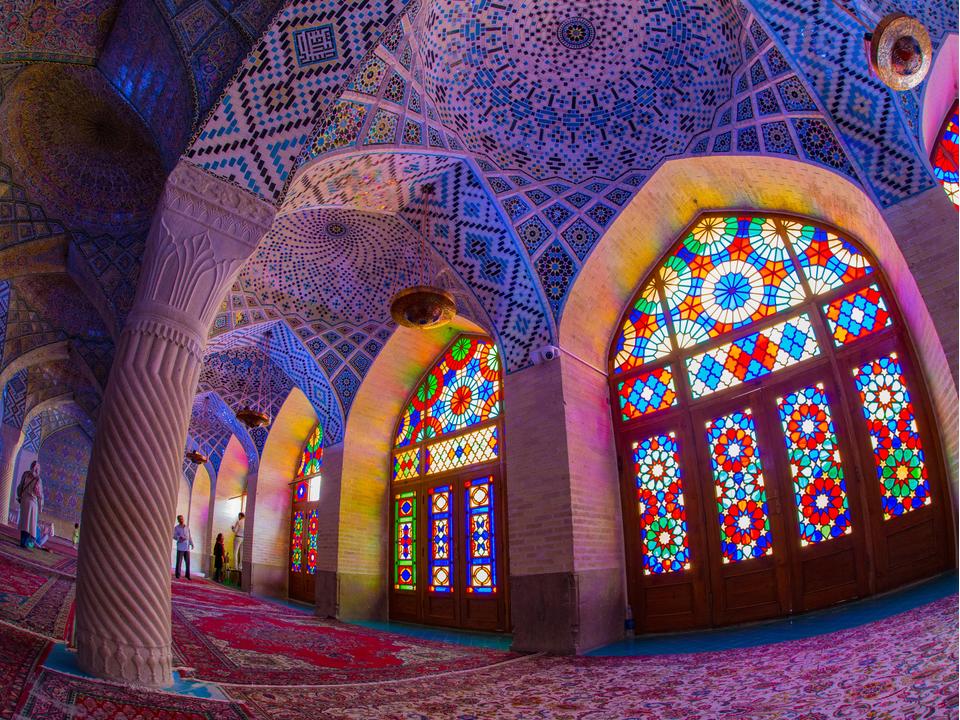 Persian Turquoise jewelry is not merely an item of pageantry for Iranians. It is also linked with religion as Prophet Muhammad (PBUH) has advised his followers to wear it, believing turquoise can fortify heart and strengthen eyesight.
Persian Turquoise jewelry is not merely an item of pageantry for Iranians. It is also linked with religion as Prophet Muhammad (PBUH) has advised his followers to wear it, believing turquoise can fortify heart and strengthen eyesight.